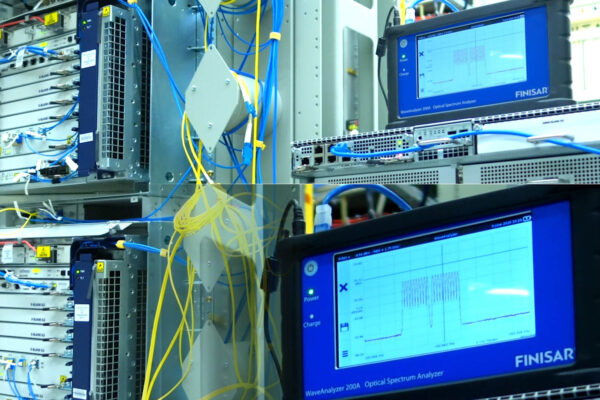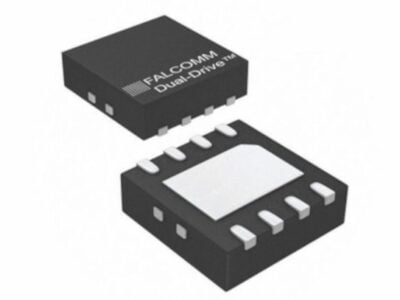
Field testing of first 800G live network trial
II‐VI has teamed with Windstream for field testing of the first live network trial of 800G transmission on a single channel.
Network operators are increasingly planning to deploy 800G transmission technology, driving the demand for portable test and measurement instruments with advanced capabilities. Windstream demonstrated the 800Gbit/s link over 730km on its long-haul network between San Diego, California and Phoenix, Arizona.
II-VI’s WaveAnalyzer can resolve the optical spectrum to 180 MHz to determine the spectral shape and modulation format of the 800 Gbit/s signals. A second test system, the WaveShaper, was programmed to simulate realistic optical network configurations. This capability can be used to analyze a wide range of scenarios, including the cumulative impairment effects on the 800Gbit/s signals that result from transmitting through a series of reconfigurable optical add-drop multiplexer (ROADM) systems.
“The high resolution, advanced features, and compact size of the WaveShaper and WaveAnalyzer enable realistic transmission stress testing both in the lab and in the field,” said Kim Papakos, Senior Network Architect at Windstream. “With the additional benefits of simultaneous multi-user access, a friendly user interface, and powerful post-processing capabilities, these instruments are an ideal solution for our upcoming 800G deployments.”
“The high spectral density of multicarrier signals at 800G and beyond present a significant challenge for ordinary test equipment,” said Dr Sanjai Parthasarathi, Chief Marketing Officer at II-VI Incorporated. “We are collaborating closely with telecom carriers such as Windstream to define and perfect new software features that will enable their next-generation optical networks.”
II-VI’s WaveAnalyzer and WaveShaper instruments integrate a web server that supports both a graphical user interface (GUI) and an application programming interface (API). Their compact size enables them to be easily hand-carried to remote network sites for system turn-up and maintenance tasks.
Related 800G articles
- 64G PAM4 SIGNAL QUALITY ANALYZER TO CHARACTERIZE OPTICAL MODULES
- 110GHZ COMPONENTS EXTEND TEST PORTFOLIO
- NETWORKING TECHNOLOGY FOR 6G TAKES SHAPE
- NOKIA ACQUIRES US SILICON PHOTONICS STARTU
Other articles on eeNews Europe
- COVID-19 BOOST FOR GIGABIT LiFi
- ARM, NXP TEAM TO REPLACE X86 IN UNIVERSAL CPE DESIGNS
- CADENCE COULD BE GOOD FIT AS ARM SHOPPED AROUND
 If you enjoyed this article, you will like the following ones: don't miss them by subscribing to :
eeNews on Google News
If you enjoyed this article, you will like the following ones: don't miss them by subscribing to :
eeNews on Google News



